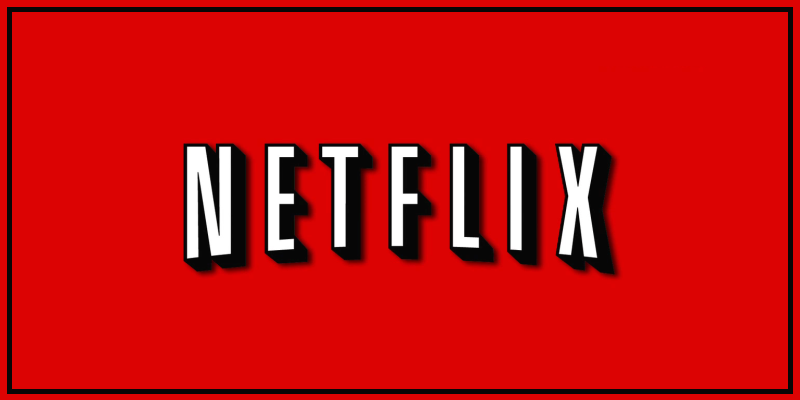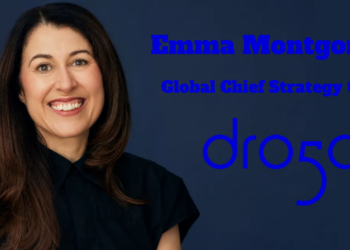Netflix expects to invest nearly $5 billion in acquired and original content in 2016, and Ampere Analysis estimates this will grow by another $1 billion in the following two years, though acquisitions could begin to decline as early as 2017.
The media analyst firm Ampere Analysis predicts that Netflix will have at least 130 million subscribers by the end of 2020; its closest SVOD rival, Amazon, will have nearly 50 million video users. This forecast would mean that at least 6 percent of households globally will be Netflix homes at the start of the next decade.
While Netflix has been ramping up its content spending, so has Amazon, both in terms of licensing existing titles and creating new originals. Collectively, Ampere estimates Netflix and Amazon to be spending more than $9 billion per year on acquired and original content by 2020.
However, the firm anticipates that Netflix’s investment in original programming will leave program-makers a short window to maximize licensing agreements. If Netflix plans to devote 50 percent of its spend to originals (as hinted at in a recent investor call) by 2020, its expenditure on acquired content could begin to fall as early as 2017.
Ampere sees that consumers are increasingly happy to double-up on subscriptions. Subscribers to both Amazon and Netflix SVOD services don’t have much content duplication, as they have very different approaches to content acquisition. Netflix’s content is typically more recent, as it opts for high-profile titles earlier in their release cycle, the firm suggests. As of August 2015, by Ampere Analysis estimates, 11 percent of Netflix’s movies were released in 2013, and 9.5 percent in 2014. Same goes for TV shows—Netflix has twice as many titles released in 2015 as Amazon Prime. This does come with a higher price tag: Netflix spent more than $3.1 billion on content in 2014, compared to Amazon Prime’s $1.3 billion.
By contrast, Amazon Prime has a heavier focus on a larger library of older titles: 18,000 movies and 4,500 TV shows versus Netflix’s 11,300 movies and 5,500 TV shows. There is also evidence of differentiation in terms of genres. Netflix has focused on drama, action, crime and comedy, while Amazon Prime regularly opts for documentaries, family and kids’ movies and music.
Richard Broughton, research director at Ampere, commented: “The differing title acquisition strategies have allowed each provider to thrive in its own content niche—consumers are quite happy to spend on both Amazon Prime and Netflix. Netflix subscribers across the U.S., Germany and U.K. are over 60 percent more likely than the average internet user to also watch videos via Amazon Prime.”

















